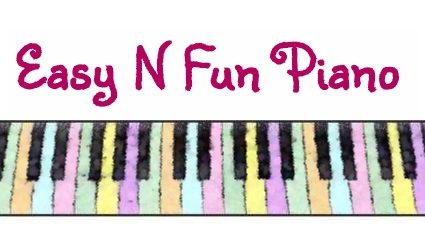It is with great pleasure that I introduce these L.Mus. Theory (Musicology) study notes, skillfully put together by Sedralynn and Isabelle Taye, both of whom attained the L.Mus. Diploma in 2018.
As this is a relatively new syllabus, there were previously very limited resources for aspiring candidates and the current notes address this by providing succinct yet thorough analyses of set topics and set works.
May you, the user, achieve similar results as the talented Taye sisters, but, more importantly, gain a wealth of knowledge and enjoy your exploration of the fascinating domain of musicology.
Mrs Lynette Morgan
BA, DipEd(Syd), AMusA(Piano and Piano Accompaniment), LMusA, TMusA(with Distinction)
What’s Involved?
The paper consists of 3 questions, all of which must be marked. Pass mark is 65/100.
1. ANALYSIS – Choose one option
Option A
Given a score, to analyse an instrumental work from the Baroque era such as a chorale, chorale prelude or similar and to recognise, label and discuss the harmonic components of the work. Modal harmony may be included. Any recognised system of chord labelling that shows tonal and harmonic function is acceptable.
Option B
Given a score extract from a complex work from the Classical or Romantic eras such as symphony, concerto or chamber work, to answer a series of questions regarding the analysis of the extract by discussing such aspects as harmony, texture, form, and instrumentation
2. HISTORY – Choose one option from either Option 1 or Option 2
Option 1
To write an informative essay including knowledge of composers and individual works on ONE of the following four topics:
- The development of European keyboard music in the 19th and 20th Centuries
- The development of operatic works in the 19th and 20th centuries with particular reference to the works of German or Italian composers
- The development of symphonic music in the 19th and 20th centuries in England, Russia and USA
- The evolution and development of jazz and blues in the 20th century
Option 2
To write an informative essay demonstrating detailed historical and musicological knowledge of ONE of the following topics:
- The English madrigal
- Harpsichord works of Francois Couperin
- The Well-Tempered Clavier Book II of JS Bach
- Piano works of Schumann
- Lieder of Brahms
- Russian Nationalist composers
- Ballets of Igor Stravinsky
- Salomon Symphonies by Haydn
- Operas of Puccini
- Orchestral works of Sir Edward Elgar
- Choral music of Sir Benjamin Britten
- String Quartets of Bartok
3. SET WORKS
To be able to discuss in detail 2 works studied in their entirety.
One from Group 1 (vocal works) and one from Group 2 (instrumental works).
2019 Group 1 (Vocal Works) Options:
- Gibbons: The Cries of London
- Beethoven: An die ferne Geliebte Op.98
- Schumann: Frauenliebe und Leben Op.42
- Faure: Requiem Op.48 (1893 Version ed. Rutter)
- Elgar: Sea Pictures Op.37(Orchestral version)
2019 Group 2 (Instrumental Works) Options:
- Bach: Four Orchestral Suites BWV1066-1069
- Debussy: Prélude á l’après-midi d’une faune
- Sibelius: Finalndia Op. 26
- Messiaen: Quatuor pour la fin du temps
- Gershwin: Rhapsody in Blue (1942 version orch. Grofé)
2020 Group 1 (Vocal Works) Options:
- Monteverdi: Madrigals Book 4:
Ah, dolente partitia (I); Sfogava con le stele (IV), Quel augellin che canta (XIV), Si ch’io vorrei morire (XVI)
- Beethoven: An die ferne Geliebte Op.98
- Poulenc: Mass in G Major for unaccompanied choir
- Schumann: Frauenliebe und Leben Op.42
- Vaughan Williams: On Wenlock Edge (complete work)
2020 Group 2 (Instrumental Works) Options:
- Bach: Four Orchestral Suites BWV1066-1069
- Bartok: String Quartet No. 4
- Debussy: Prélude á l’après-midi d’une faune
- Sibelius: Finalndia Op. 26
- Gershwin: Rhapsody in Blue (1942 version orch. Grofé)
Purchase notes here: Musicology Shop
